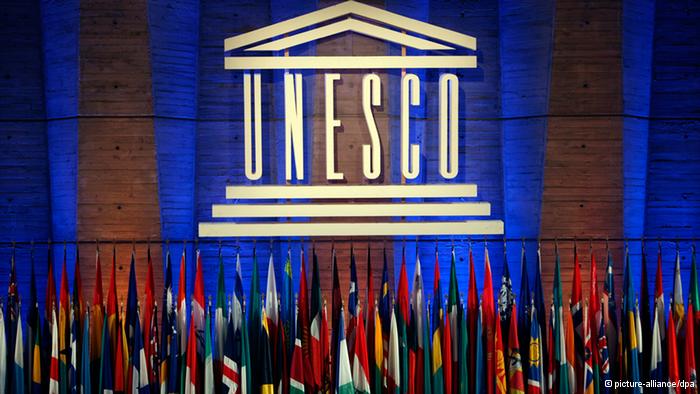It’s common knowledge: intelligence was clueless of what Hamas could do with the tunnels and the security cabinet had no serious discussion about the problem. A series of one liners about the tunnels in remarks at cabinet meetings do not constitute a serious discussion.
Now if our conflict with Hamas was behind us then a slugfest over whose to blame for the fiasco would most certainly be in order.
But the conflict isn’t over. The ball is very much still in play.
So the operative question isn’t whose to blame.
The operative question is what we can learn from the fiasco to avoid future fiascos.
To be clear: the “lesson” isn’t recognition of the need to address the tunnel challenge. That’s not what the fiasco was.
The fiasco was the failure of the system to think through what Hamas could do with known potential capabilities and in turn the failure of the cabinet to take an active and insistent role in making sure that this analysis was being both performed and acted on.
Spending billions of shekels against Hamas tunnels may be laudable. But it only addresses how the fiasco was manifested in the last round and not the fiasco itself.
Tunnels are only one of a myriad of war preparations Hamas has been carrying out as it exploits the protection of “quiet for quiet×´.
The lesson of the tunnel fiasco is that we must think through what Hamas could do with all their capabilities – not just the tunnels.
There’s a lot more than tunnels that we have to be prepared to address.
And if that risks reaching the highly likely conclusion that “quiet for quiet” is not workable then so be it.
http://imra.org.il/story.php3?id=71632









